The benefits of hawthorn, its use and harvesting
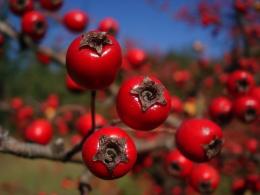
Hawthorn is a medicinal and ornamental plant with more than 1,500 species. People also call it glod, boyarka and lady-tree. It is a small bush or low tree. Begins to bloom in June with white inflorescences. The pulp of the fruit is mealy and sweet and sour in taste. The lifespan of the plant is about 400 years.
The chemical composition of the plant contains useful substances such as organic acids, pectins, carotene, fructose, etc. Due to this, hawthorn is widely used in both scientific and folk medicine.
Content:
- Beneficial properties of hawthorn
- Uses of hawthorn
- Uses of hawthorn root
- How to prepare hawthorn for the winter?
Beneficial properties of hawthorn
Due to the fact that hawthorn contains many vitamins and minerals, it can have a tonic effect and strengthen the stomach. Hawthorn also contains such a rare substance as ursolic acid, which has the following properties:
- anti-inflammatory
- antibacterial
- diuretic
- vasodilator
- hepatoprotective
Ursolic acid can stimulate regenerative processes in the skin and renew collagen. The leaves of the plant are medicinal, due to the presence of caffeic, crategolic and chlorogenic acids. The main benefit of hawthorn is its positive effect on the heart and blood vessels.This plant is very often prescribed for heart disorders and after serious illnesses.
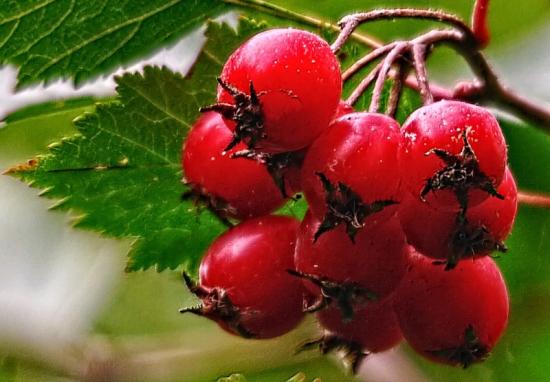
Preparations based on hawthorn increase blood circulation in the coronary vessels and tone the heart muscle. Due to the presence of sugars in the fruit, it can be consumed for diabetes. Hawthorn is a good honey plant. Honey productivity is about fifty kilograms of honey per hectare of plantings.
The fruits of the plant contain tannins, which are good for dysentery. The plant also contains pectin substances that can bind heavy metals. In addition to medicinal value, hawthorn fruits also have nutritional value.
Uses of hawthorn
Hawthorn is very widespread in the region medicine. Not only the fruits are used for treatment, but also the bark, flowers and leaves. Decoctions, teas and tinctures are prepared from these components. This plant is used in the following cases:
- Cardiovascular diseases. Preparations based on hawthorn lower blood cholesterol levels. The medicine is taken only as prescribed by a doctor, otherwise poisoning may occur.
- Rheumatic heart disease and sclerosis of the heart vessels. In this case, the drug Cardiovalen, developed on the basis of hawthorn, is used. This drug is also prescribed for autonomic neuroses and heart failure.
- Climax. In this case, you need to mix the fruits and flowers of hawthorn and prepare an infusion from them. It should be taken three times a day.
- Violation of the activity of the heart muscle.
- Atherosclerosis. If this disease occurs, it is also recommended to take the tincture.
Hawthorn infusion primarily has a sedative effect.The use of hawthorn together with valerian is an excellent remedy for insomnia. This mixture is also used when edema occurs. An infusion from the fruit of the plant helps with headaches. Moreover fruit can be used both separately and with Ivan tea in equal quantities.
Video about the benefits of hawthorn:
The most effective effects are provided by those preparations that are made from fresh hawthorn flowers. If you have diabetes, you can eat fruits that resemble small apples. They can also be eaten with cheese, or brewed. The leaves of the plant are used as a tea substitute, and the berries can be roasted and cooked to imitate a coffee drink.
Uses of hawthorn root
Hawthorn root is widely used today. It must be harvested in late autumn - during the dormant period of the plant. All roots are thoroughly washed and dried. It is best to store it in small canvas bags. A decoction of dried roots is recommended for use by elderly people with heart failure.
A decoction of raw materials should be taken three times a day after meals. In addition to medicine, hawthorn root is used in the manufacture of dyes for clothing.
Application The decoction does not cause side effects. Also, when used, cases of overdose or other negative effects on the body are excluded. In folk medicine, the bark is often used as an anti-fever remedy.
How to prepare hawthorn for the winter?
The flowers of the plant must be harvested even before they have fully opened. You need to collect the inflorescences in dry weather so that they do not darken during further drying. You need to start drying the flowers immediately after assembly, at a temperature of 40 degrees.The rooms in which hawthorn flowers are dried must have good ventilation. At night, such rooms should be closed, because the raw material has strong hygroscopic properties. The maximum shelf life of dried raw materials is two years.
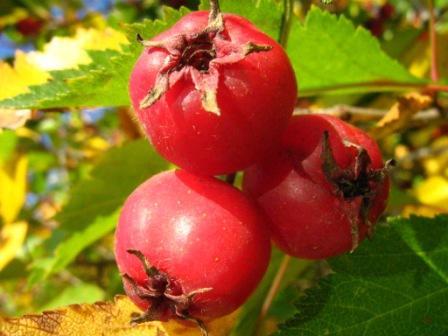
You can dry not only flowers, but also berries. There are several ways to dry fruits:
- Natural. The berries are first covered with gauze and placed in a dry, ventilated room.
- On the battery. A small amount of fruit is placed in a canvas bag and dried on a radiator.
- In the oven. Dry washed fruits are placed on a baking sheet and dried at a temperature of 60 degrees. The oven doors should be slightly open.
- In an electric dryer. Washed, clean berries are placed in one layer and dried for several hours.
After drying the berries, you need to remove the stalks from them and place them in bags. Hawthorn can also be harvested for the winter in the form juice. To do this, you need to boil the fruits and grind them through a sieve. Then water and sugar are added to the ground mixture and brought to a boil. The finished juice is filtered through cheesecloth and rolled into jars.
The use of hawthorn in medicine has a beneficial effect on the human body. Therefore, it can be used not only when diseases occur, but also for their prevention.

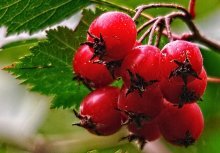
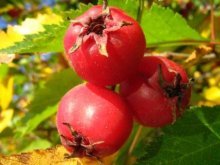
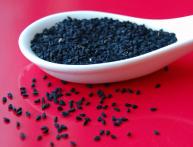

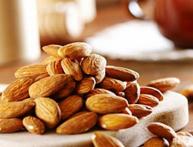
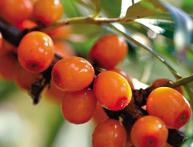

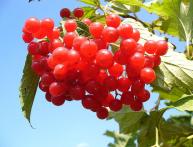
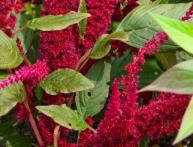
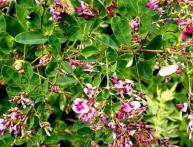
Comments
Hawthorn is good for the heart. In combination with motherwort, it lowers blood pressure. If you drink it yourself, it will, on the contrary, increase it. I haven’t tried it in juice form, but I drank a decoction of dried berries. Sometimes I buy hawthorn tincture at the pharmacy.